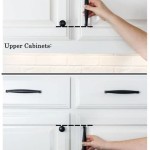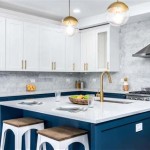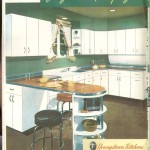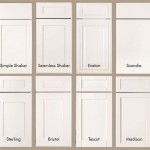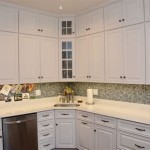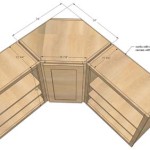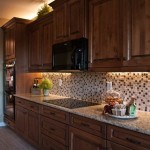A Comprehensive Guide to Traditional Style Kitchen Design
Traditional kitchen design captivates with its timeless elegance and warm, inviting ambiance. This enduring style evokes a sense of history and comfort, creating a space that feels both classic and modern. In this guide, we will explore the essential aspects of traditional kitchen design, helping you create a kitchen that exudes sophistication and charm.
1. Cabinetry
The cabinetry in a traditional kitchen is typically made from natural wood, such as oak, maple, or cherry. These woods offer a rich patina that deepens with age, adding to the character of the room. Inset cabinetry, where the doors and drawers fit within the frame of the cabinet, is a hallmark of traditional design. This creates a clean and tailored look, emphasizing the craftsmanship of the woodwork.
2. Countertops
Natural materials are also favored for countertops in traditional kitchens. Granite, marble, and stone provide durability and a sense of luxury. These materials can be polished to a smooth finish or distressed to achieve an aged look. Soapstone is another popular choice, as it is non-porous, heat-resistant, and adds a unique character to the kitchen.
3. Backsplash
The backsplash is an opportunity to add color and pattern to the kitchen. Ceramic or stone tile is commonly used, laid in a classic subway pattern or more elaborate designs. Mosaic backsplashes, made from small tiles or glass pieces, can also create a stunning focal point. The backsplash should complement the countertops and cabinetry, tying the design together.
4. Appliances
While stainless steel appliances are becoming increasingly popular, traditional kitchens often feature appliances with a more classic look. This can include white or cream appliances with rounded edges and paneled doors. Range hoods are typically made of copper or brass, adding a touch of warmth and character to the space.
5. Lighting
Lighting plays a crucial role in traditional kitchen design. Layers of lighting are essential, including ambient lighting from overhead fixtures, task lighting under cabinets, and accent lighting to highlight specific areas. Chandeliers, pendant lights, and wall sconces with classic designs are often used to create a welcoming and inviting atmosphere.
6. Hardware
The hardware on cabinets and drawers adds the finishing touch to the traditional kitchen. Hinges, knobs, and pulls should be made from durable materials such as brass, pewter, or wrought iron. Ornate detailing and patina can further enhance the classic aesthetic of the kitchen.
7. Textiles
Textiles can add warmth and softness to a traditional kitchen. Curtains with floral or plaid patterns can frame the windows, while a rug with a traditional design can define the space. Upholstered chairs and bar stools in neutral or vibrant colors can provide comfortable seating and add a touch of luxury.
Conclusion
Traditional kitchen design is a timeless choice for those who appreciate the warmth, comfort, and sophistication it offers. By incorporating natural materials, classic cabinetry, and carefully chosen details, you can create a kitchen that will be enjoyed for generations to come. Embrace the enduring charm of traditional design and create a space that evokes a sense of history, elegance, and timeless appeal.

65 Extraordinary Traditional Style Kitchen Designs

20 Traditional Kitchens Kitchen Design Ideas

The Traditional Kitchen Style Classic And Timeless

65 Extraordinary Traditional Style Kitchen Designs

Traditional N Kitchen Design Ideas For A Stress Free Lifestyle

8 Elements Of Classic Kitchen Style

Traditional Style Kitchen Cabinet Jpg

Elements Of A Traditional Kitchen The Original Granite Bracket

South N Kitchen Designs Designcafe

The Traditional Kitchen Style Classic And Timeless
Related Posts

